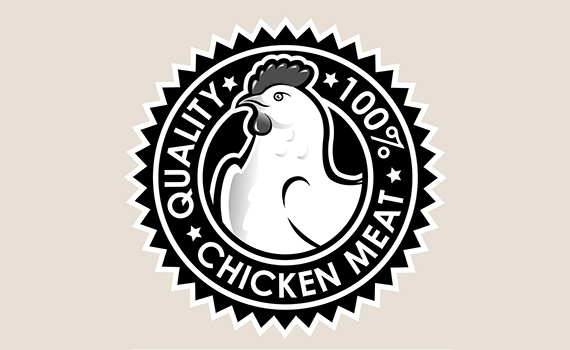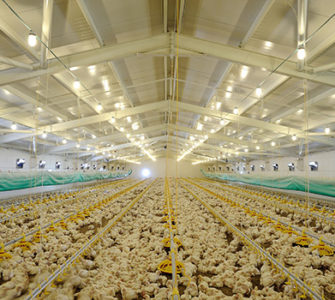Producing Grade A chicken starts in the broiler house
In order to produce Grade A chicken at the processing plant, poultry producers must place healthy chicks and maintain bird quality throughout the life cycle.
According to Eduardo Cervantes Lopez, an international poultry consultant based in Colombia, top producers do this by employing top management skills and attention to detail.
The critical factor impacting bird health and carcass condition is litter quality, he explains in an article in Poultry International. Maintaining dry litter 5 to10 cm deep reduces footpad pain from podermatitis and prevents the breast from developing partial skin burns and overall redness.
Wet litter is responsible for a host of problems affecting carcass quality. Factors contributing to poor litter condition include:
- Leaks from the drinking system
- Poor ventilation or inappropriate heating
- Differences in light intensity leading to concentrated areas of defecation
- High levels of salt or mineral in feed or water leading to excess water consumption
- Diarrhea resulting in increased fecal material and higher levels of uric acid and ammonia
Deep scratches on the skin also lead to decreased carcass value. These scratches not only reduce overall quality but also increase processing costs and decrease plant competitiveness. Bird stress due to crowding, human exposure and harvest strategies results in deep cuts and scratches.
The following interventions can help mitigate these threats and reduce the potential for damaged carcasses:
- Partitions in high density stocking areas to prevent crowding and climbing
- Protection from drafts and direct sunlight to help prevent clumping of birds
- Walking through flocks regularly so birds are accustomed to humans
- Adequate ventilation of cages during harvest to prevent heat stress and death
“Daily inspection of the birds and bedding litter is something that should never be overlooked,” stresses Cervantes Lopez.
Posted on August 5, 2015

















